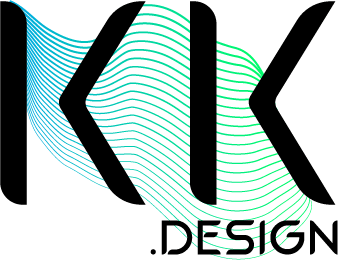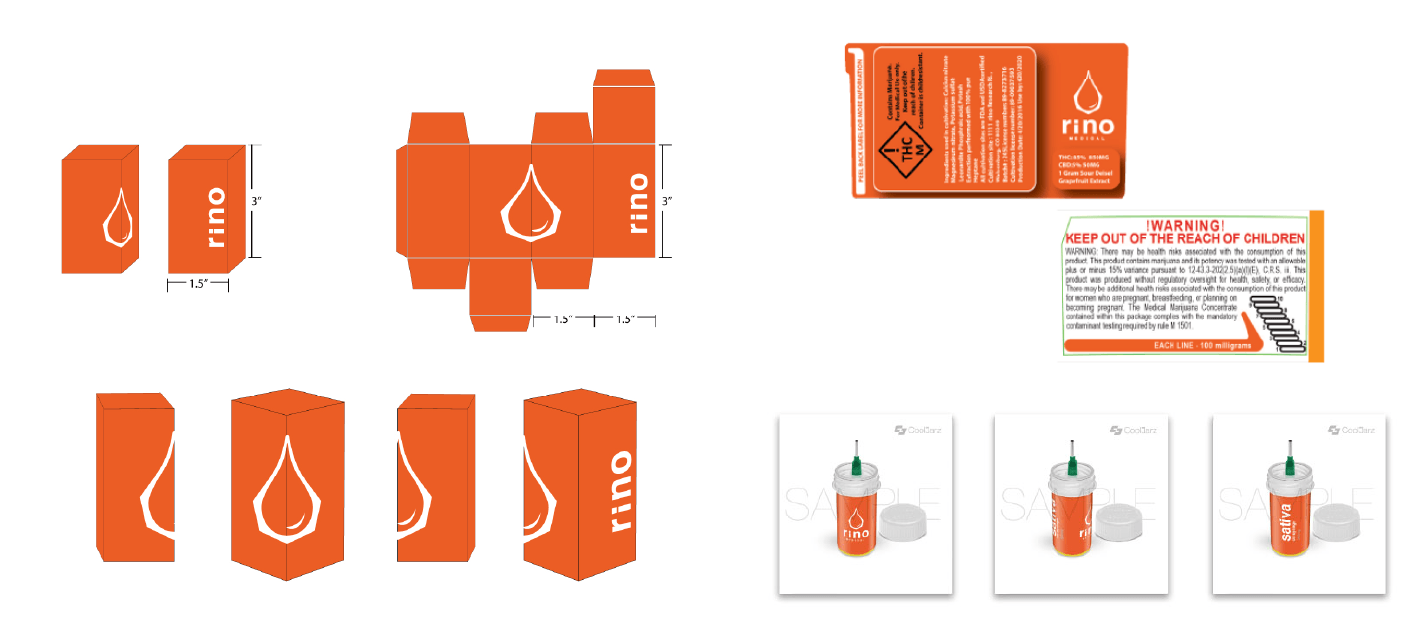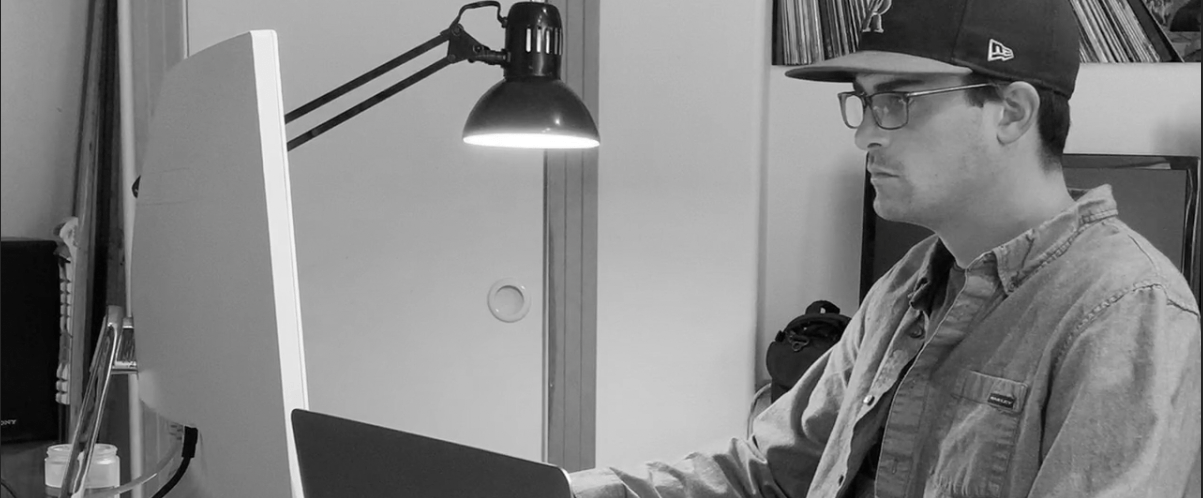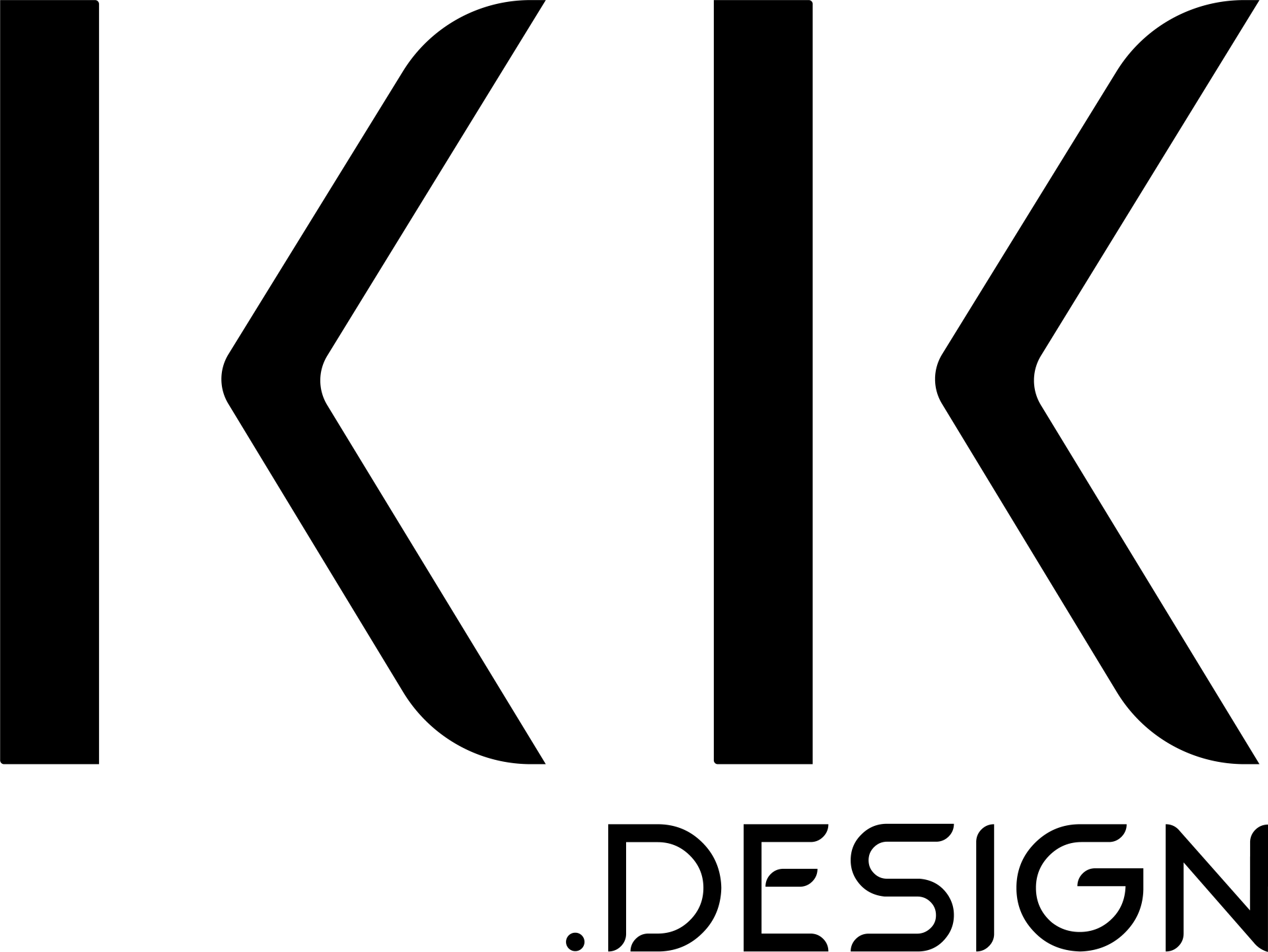Good Design = Good Business
Good Design is celebrated as an essential element of a successful business.
But what exactly is good design?
This is a question that has been debated by thinkers and artists for centuries. There is no one correct answer, but there are some common themes that emerged in the 20th century. One of the most influential movements in design was the Bauhaus, which emphasized that function should equal form. In other words, a “good” design should be both beautiful and useful.
Design makes a product useful and understandable, is innovative, aesthetic, unobtrusive, honest, long-lasting, thorough to the last detail, environmentally friendly, and involves as little design as possible.
“You cannot understand good design if you do not understand people.”
— Dieter Rams 1*
This approach was also popularized by designers like Le Corbusier and Charles Eames, who also believed that good design should be minimalistic and useful, yet fun and entertaining. Whatever your definition of good design, there is no doubt that it is good for business.
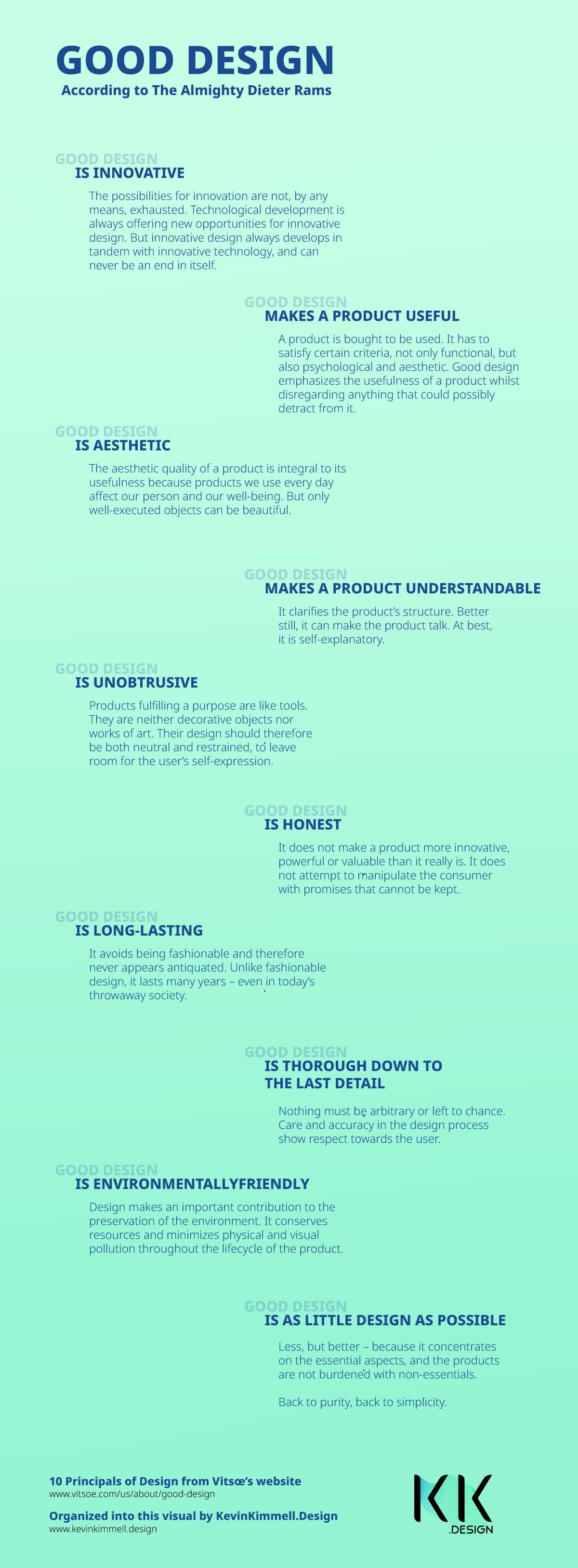
How Good Design Drives Innovation
Innovation has always been a key driver of business success. But in recent years, the role of design has become increasingly important in the innovation process. Good design helps businesses to stand out from the competition, attract and retain customers, and drive growth. It also plays a key role in fostering innovation by helping businesses to identify new opportunities and develop new products and services.
Design is about more than just making things look pretty. It's about solving problems and creating solutions that are both practical and appealing. It's about understanding how people use things and finding ways to make those experiences better. Good design is a crucial element of any successful innovation.
Share this post:

Thanks for Reading
I'm Kevin Kimmell, Purpose-driven Creative Director and Digital Artist. My goal is to use design to help impactful businesses who are making the world a better place.

